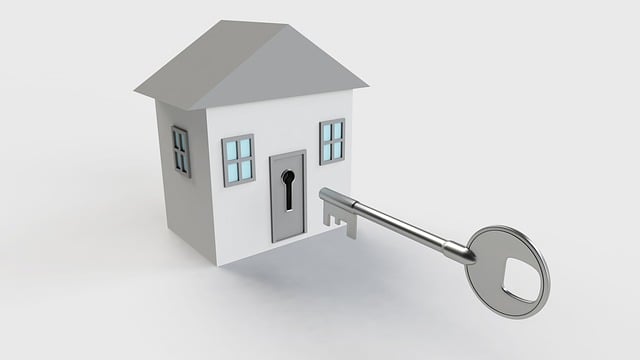Managing risk protection for your home can be an elaborate process, and should be carefully thought out for maximum results. It typically involves identification, assessment, and reduction of risks.
Having a security system for your home can be an invaluable way to protect your home, possessions, and family.
But, how is having a security system for your home a risk management strategy?
A. It increases the value of your property.
B. It eliminates all potential risks.
C. It transfers the risk to an insurance company.
D. It reduces the likelihood of security breaches and losses.
If you guessed B, you are correct! Having a security system for your home is a risk management strategy because it eliminates all potential risks.
Let’s explore how.
Ways Having a Security System for Your Home is a Risk Management Strategy
A risk management strategy’s objective is to minimize any unpredictable or unexpected dangers and threats to you and your home.
It is a multi-level approach that includes proper locking mechanisms on doors and windows, up-to-date fire extinguishers, proper outdoor lighting, an emergency escape plan, and a reasonable security system.
A document from the National Council for Home Safety and Security notes that “Homes without a security system are 300% more likely to be burglarized.”
Here are some ways a security system is an essential part of your home’s risk management strategy.
1. Security Alarm Signage
Simply having your home security system provider’s signage outside your home can be enough to deter intrusions and prevent crime.
A study by Professor Joe Kuhns of the Department of Criminal Justice and Criminology at UNC Charlotte revealed that, “83% [of burglars] said they would try to determine if an alarm was present before attempting a burglary, and 60% said they would seek an alternative target if there was an alarm on-site.”
A trespasser might be less inclined to risk entering your home if they suspect you might have an active home security system in place.
2. Alert to Danger
A high-quality home security system detects real-time threats in your home.
It can use sensors and cameras to identify intruders and evaluate out-of-the-ordinary motion in your home.
Additionally, sensors can detect fires and carbon monoxide levels, protecting your property, but most importantly, yours and your loved ones’ lives.
3. Assess Severity of Threat
A first-rate home security system doesn’t just detect a threat; it can evaluate its severity by analyzing and keeping data, thus serving as an excellent part of your risk management strategy.
For example, it can determine if the type of movement in your home is unusual for your household, say, someone walking the perimeter of your home at 3 am.
Or, it can assess if you burned dinner, again, or if there is a roaring fire in the garage.
4. First Responder Notification
Real-time alerts and notifications allow for rapid emergency response to any situation in your home.
This is especially important if you are unable to make the call or alert first responders yourself during immediate danger.
5. Serve as Evidence
In the event there is a breach in your security strategy and you experience a loss or injury, your home security system’s video footage can serve as evidence of the criminal activity during an investigation, a court hearing, or for an insurance claim.
Final Thoughts
The peace of mind and protection you experience by having a security system for your home as part of your risk management strategy to protect you against all potential risks is invaluable.
Therefore, a multi-level risk management strategy that includes a home security system ensures you are protected from dangers and threats.
